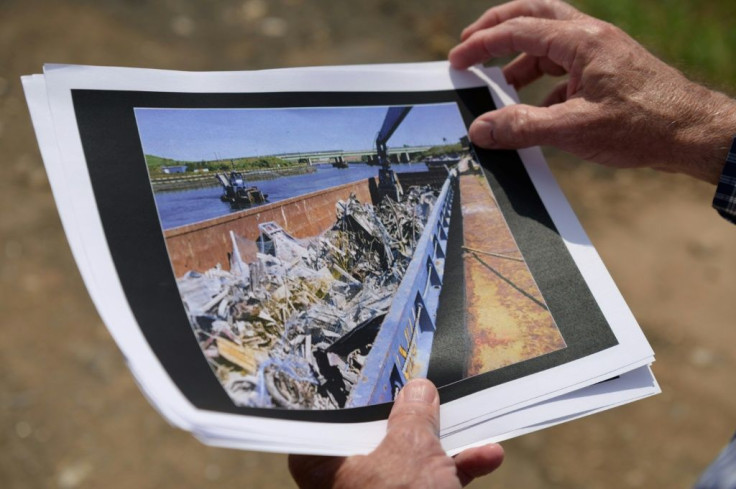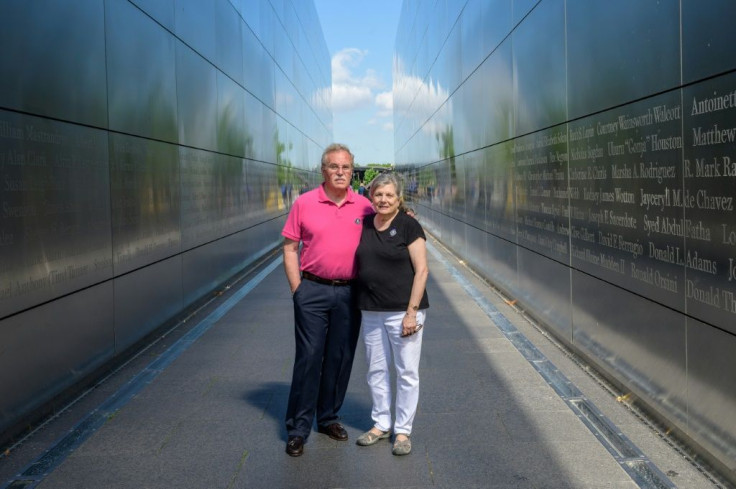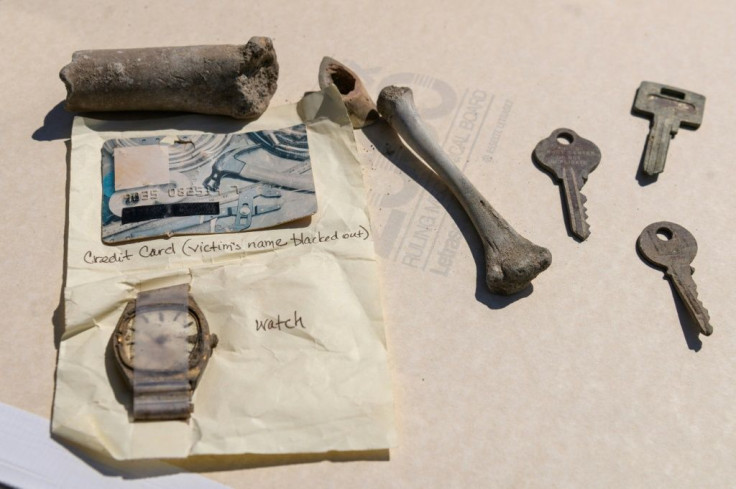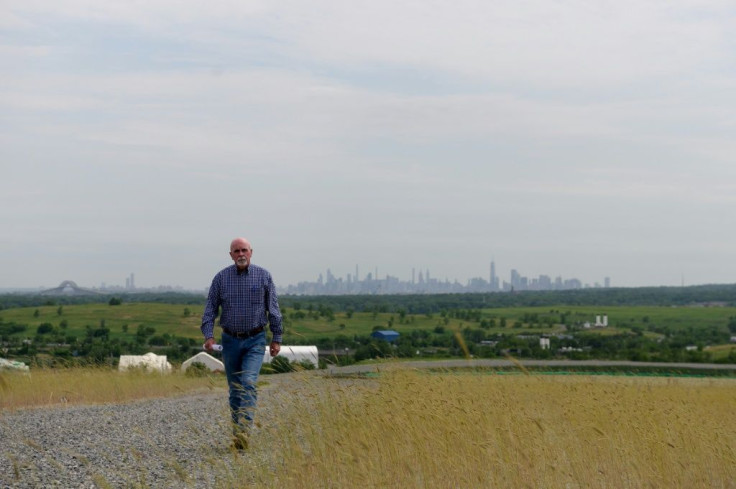The New York Landfill Site Home To 9/11 Debris, Human Remains
For some, the hill represents New York's resilience; for others it's a gaping wound. Beneath it lies debris, mixed with human remains, from the 9/11 attacks.
The site at Fresh Kills on Staten Island was the largest open-air dump in the world until it closed in March 2001. Today it's a source of consternation for some victims' families.
After al-Qaeda hijackers reduced the Twin Towers to piles of steel and concrete, the site was reopened so that rubble from the World Trade Center could be sent there.

The first trucks arrived the night of September 11, 2001 itself and for ten months, Dennis Diggins led efforts to sift through 600,000 tons of debris from "Ground Zero."
"I don't know what it would be like if I had a family member. But I can tell you that the material has been treated with the utmost respect," he recalls 20 years later.
"It's not co-mingled with garbage, there's a separation" ever since it arrived, he adds from the top of the hill which overlooks Lower Manhattan.

The area became like a small town with some thousand sanitation employees, police, FBI, and Secret Service agents. They combed the site for clues, valuables and remains that would help identify victims.
Kurt and Diane Horning were among victims' families to quickly visit the area. Their son Matthew was a database administrator who died when the North Tower fell an hour and 42 minutes after it was struck by a hijacked airliner.
They tensed up as soon as they arrived: Mud and seagulls pervaded the site. They came across a credit card, a shoe, a watch.

A worker told them that during the first 45 days, due to lack of equipment, they worked with rakes and shovels.
"The whole idea was get it done under budget, get in time fast, get something new up. We're going to show our resilience and we're not going to dwell on the dead, and that's what they did," says Diane.
Diggins assures that he and his workers never treated the area like a normal landfill site and operated "with respect."
"You always knew that there were human remains. That never left you," he says, getting visibly emotional.

Once all the trucks left, Diggins said he even hired divers to search the surrounding wharf to make sure nothing had escaped his men.
Between the start and the end of the operation, the hill, which offers a breathtaking view of lower Manhattan, where the Towers stood, rose more than 80 feet (25 meters).
Separated from the rest of the hill by an insulating layer, the pile of debris was covered by a protective layer of film.
The Hornings believe some of Matthew's remains are buried there. To this day, only a bone fragment from their son has been recovered. Their attempts to have all remains removed were rebuffed by then mayor Michael Bloomberg's city government.
"It was a double loss, because, yes, some fanatics decided that this was a good idea and blew up my child. But then my own government decided he wasn't good enough to bury. So I had a double loss," says Diane.
Horning and other families proposed that the remains be sent to other sites in Fresh Kills that had never housed any trash but they got nowhere.
In 2005, 17 of them started legal action. They tried to take it to the Supreme Court but justices refused to examine it.
"I crashed and I felt personally responsible for having dragged the families in. Now they have no hope and I had to live with that," said Diane.
The site still lets out more than 40,000 cubic meters of methane per day from the decomposing trash brought there over many decades. Once it is safe, New York authorities plan to open a memorial park on the site in 2035.
But the Hornings are not interested.
"It's a garbage dump," says Diane. "It's like if on Christmas morning, you handed your child a beautifully wrapped package and when your child opened it, there was garbage in it."
© Copyright AFP 2024. All rights reserved.





















